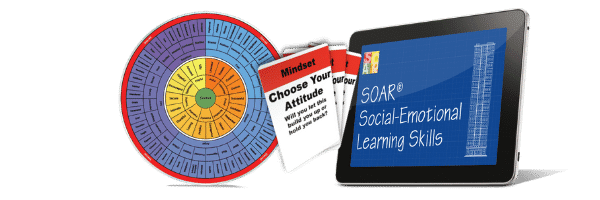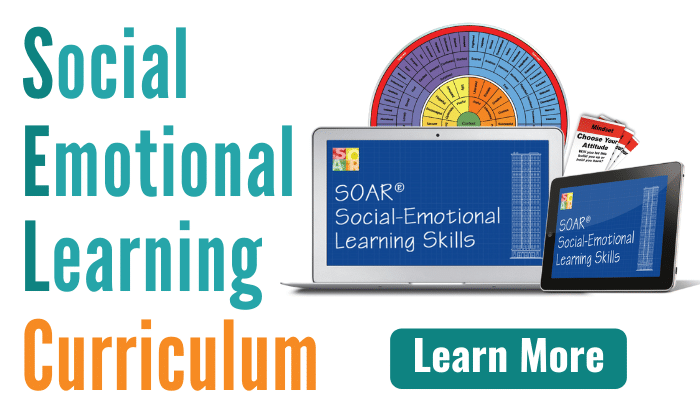Mindfulness: Resetting Your Brain
Mindfullness is a simple, yet powerful way to reset your brain. So, what is mindfulness exactly?
Think about a time you’ve been working on a computer. Have you ever reached a point where the computer seemed to be lagging, moving slowly, or simply not working properly? You might find that rebooting the computer makes a huge difference in resolving these issues. Why is that?
When you reboot a computer, you’re clearing out the memory stores, ending recently run processes, and starting fresh. Mindfulness can do the same thing for your brain.

Practicing mindfulness allows your brain to slow down and take a break from intense thinking and processing. It clears the signals in the neuron pathways and effectively allows the brain to reset.
How Do I “Do” Mindfulness?
Mindfulness is meant to be a simple and relaxing process. Follow these steps:
- Sit comfortably.
- Close your eyes.
- Take 5-10 deep breaths (the slower, the better). Pay close attention to each breath, while tuning out other thoughts.
- Continue breathing comfortably and pay attention to what your senses are experiencing. What sounds do you hear? Do you feel a breeze on your skin? What do you smell? Can you see light through your closed eyes; is the light changing or constant? Try to keep your focus solely on what you are experiencing in this very moment. If you start to think about a past or future event, simply stop and redirect your focus to your senses.
How Long Does It Take?
Step 4 (above) could be as short as 60 seconds to be beneficial, but longer periods are more effective. If you can practice mindfulness in sessions of 3-5 minutes each, that’s ideal for a school or work setting. (Note: it’s always a good idea to make teachers/supervisors aware of your intentions.) However, if you are at home and can do a session that is 10-20 minutes long, that’s even better!
Can You Do Mindfulness “Wrong?”
The answer is no. There’s no “wrong way” to practice mindfulness. But, it does take effort. When starting out with mindfulness, you’ll likely find you’re constantly wandering off in thought. Every time this happens, redirect yourself to what your senses are experiencing in this very moment. The more you practice mindfulness, the easier you may find it.
The Benefits of Mindfulness
There are many benefits including:
- Reduction of anxiety
- Reduction of stress
- Reduction of depression
- Relief from chronic pain
- Improvement in mood
- Increase in attention/focus on tasks
- Improvement in overall health
Mindfulness literally changes our brains through a process called neuroplasticity. This is the brain’s ability to rewire itself.
MRI brain scans of people who practice mindfulness daily, for 8 weeks, showed a significant increase in gray-matter in the brain. These same people also reported positive improvements in their levels of self-awareness, attention, empathy, and well-being.
If, at first, you find it a bit frustrating, even boring… don’t give up! Studies show that people who have the most difficulty when they begin a mindfulness practice actually show the strongest benefits over time.
If you’re an educator looking to teach your students mindfulness and other emotional intelligence skills, sign up for our “How Do I Feel?” Curriculum Kit in the blue box on the right of this page.
"How Do I Feel?"
Curriculum Kit
Get It FREE!
Includes the SOAR Feelings Wheel, Coping Cards, Full Lesson,
& Information on...

Delivering Student Skills in
Self-Awareness, Self-Management,
Social Awareness, & Responsibility
SOAR® in the News
The SOAR® Curriculum
The most critical learning, organizing, and communication skills needed for school. Learn more here.
Who’s Using SOAR®?




